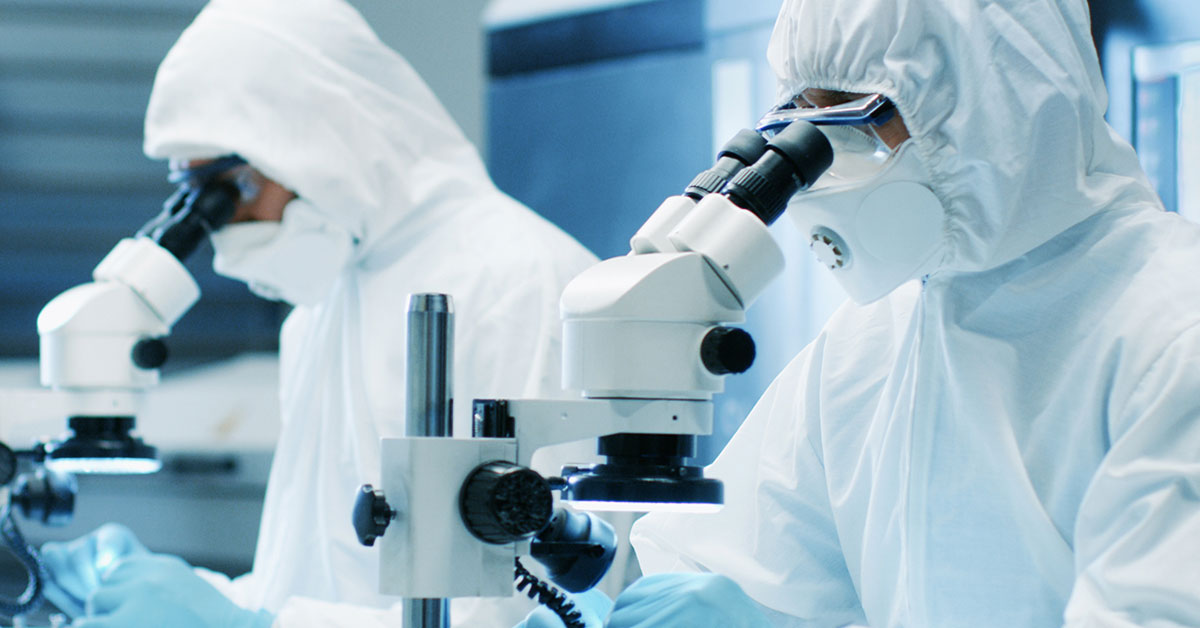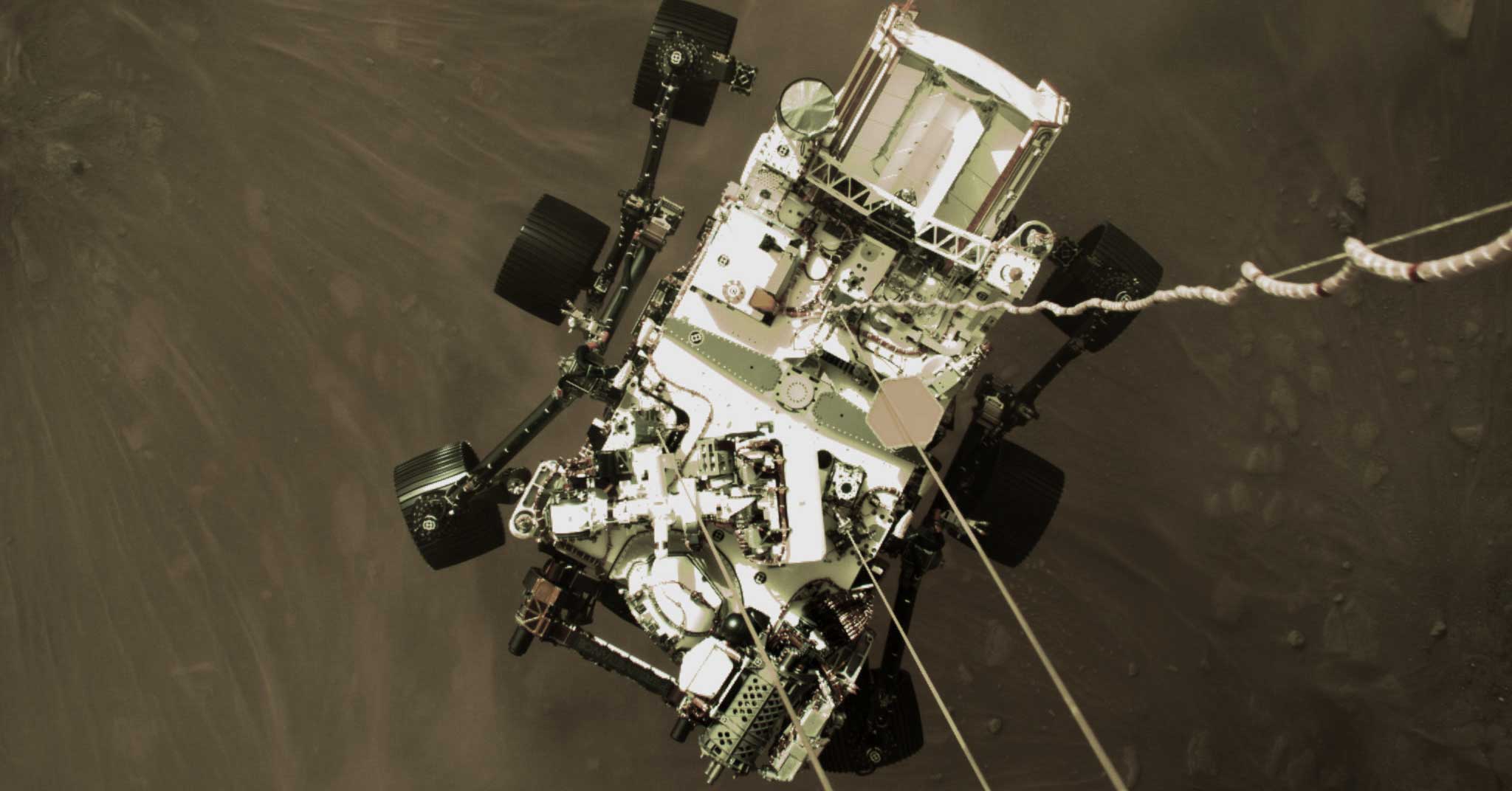High-Speed Magnetic Cell Sorting with Grasshopper Camera
High-speed magnetic cell sorting
Many life science applications require the characterization of small moving objects including cell counting, movement tracking of bacteria, sperm measurement, identification of microorganisms as well as the measurement of water quality. Ikotech has developed the HyperFlux system using FLIR's Grasshopper camera and a patented magnetic cell sorting solution called Quadrasep that can sort at speeds up to 10,000,000 cells per second in a closed system making it 144x faster than existing systems on the market.
HyperFlux™ velocimeter used for high definition magnetic particle tracking
The HyperFlux, developed by Ikotech, is a particle analyzer and velocimeter that is used to measure the speed of movement of cells. This movement is known as "magnetophoretic mobility" and is driven by a calibrated magnetic field within the device. The measured speed can tell a lot about the labeled cells and identify them from the other cells in the sample. It also measures and generates 22 other characteristics about each identified particle, such as size, sedimentation rate, shape, and intensity. Many analysis technologies today can measure fluorescence intensity of cells and analyze individual images of cells. However, HyperFlux is the only system that is able to provide quantitative video analysis of cells or particles and their motion as part of a fast and automated turnkey system. It combines fast images and morphology analysis with time-lapse velocimetry measurements to provide new ways for cell researchers, pharmaceutical manufacturers, magnetic particle manufacturers, environmental biologists, and many other to improve their research and quality control data.
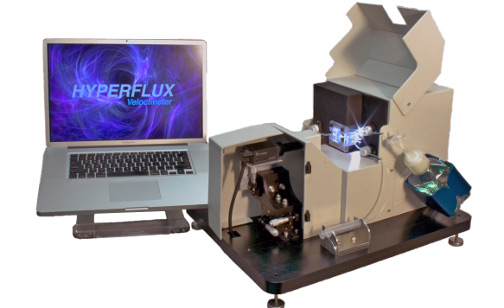
How the HyperFlux velocimeter works
To provide a robust population data set that characterizes samples of size and shape of cells using velocity and morphology parameters, Hyperflux uses a horizontal microscope that observes cells and particles in a micro capillary glass tube that is mechanically aligned within a custom magnet assembly. The magnet induces lateral motion ('mobility') for objects that contain magnetically responsive materials such as iron oxide, while gravity induces vertical motion that is related to the mass density and the size of the object (either downward sedimentation or upward buoyancy). The horizontal microscope consists of a darkfield LED ring that illuminates the capillary tube and a high definition Grasshopper 2.0 MP monochrome FireWire camera that captures the images paired to a long working distance telecentric lens (typically either 4 or 6x magnification). The camera and lens are mounted to a tri-axial micrometer stage, allowing for vertical and horizontal alignment of the camera to the capillary as well as adjustment of the focal plane (figure 1). Images are captured at high definition, 30 frames per second and are recorded to a desktop computer. The computer runs custom software that automates the image capture and analysis written using FLIR's FlyCapture library. Image samples are taken in 'sets', with each set representing a fresh fluid sample in the field of view.
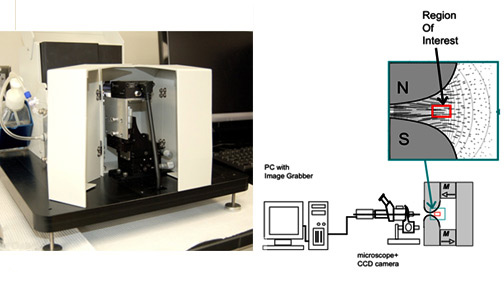
Figure 1 – Camera focused on region of interest
A typical field of view will contain anywhere from ten to ten thousand cells or particles depending on the concentration of the sample. In order to obtain a statistically significant data set for the sample it is a necessity that the Hyperflux analyze from 10,000 to 100,000 or more cells or particles, and therefore anywhere from ten to one hundred sets or more may be taken. The HyperFlux refreshes the sample automatically using a pump and pinch valves that are actuated between each set that is captured. A Dell computer running Ubuntu Linux contains a dual quad core CPU design, and the software leverages this computational capacity by multithreading the analysis to analyze multiple sets at once. Each image is analyzed to identify each particle or cell as an 'object'. The objects are identified in subsequent frames and linked together as a single 'track' via a database.
Characteristics for each object are measured in each frame, such as the size of the object, the brightness of the object, and morphology parameters such as surface roughness and elongation. These parameters are then averaged and the standard deviation for each object is calculated over the "track". Additionally, the motion of the centroid position of each object is used to calculate track linearity and vertical/horizontal velocities. Open source data presentation tools integrated into the software allow the user to visualize the data using single parameter histograms, dual parameter scatter plots, and three dimensional dot plots.
The right camera: high sensitivity and high resolution in a small package
The Grasshopper 2.0 MP CCD camera is at the heart of the HyperFlux system. It is combined with a 2X to 8X telecentric lens by Edmund Optics to capture images of the moving cells as part of a fully automated process (figure 2). "A key factor for the GRAS-20S4M-C camera was that it offers high sensitivity and low signal-to-noise ratio (SNR) at a high resolution (1600x1200) and frame rates up to 30 fps", says David Kennedy, CEO & President of Ikotech. "In addition it was important to work with open API's allowing support outside of Windows such as Linux and Mac and having an IIDC 1.31 compliant API using libdc1394 and OpenCV. Due to the compact enclosure of the HyperFlux system, the small size of the camera measuring 54 x 44 x 29 mm was an additional benefit" (figure 3).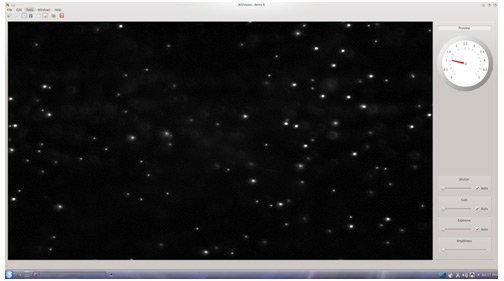
Figure 2 – Image capture with the Grasshopper camera
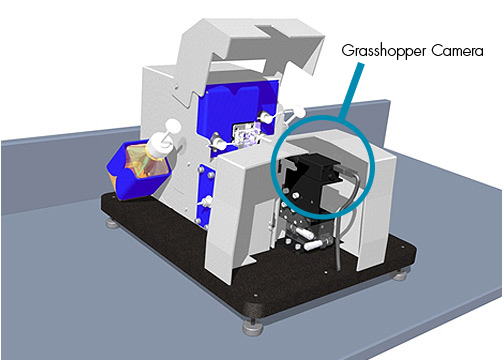
Figure 3 – Grasshopper enclosed in HyperFlux system

